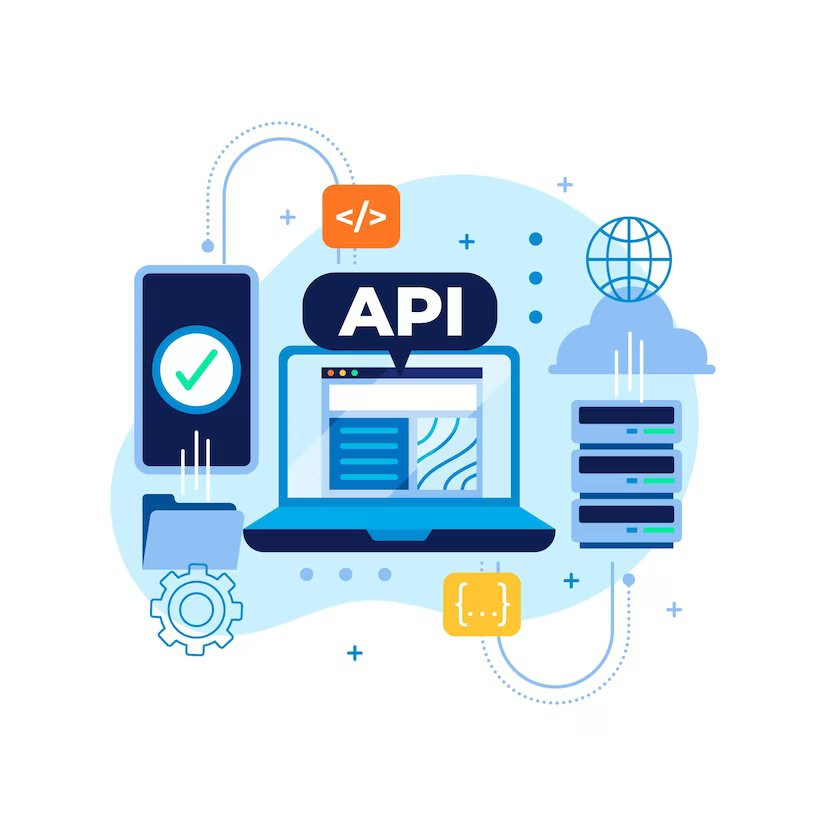In the realm of digital transformation, where technology continually redefines our interactions with the world, Text to Speech (TTS) technology has emerged as a powerful force. It’s a technology that not only reads text but gives it a voice. To harness this potential, we are going to talk about a Text to Speech API.
Now, let’s delve into the role of a Text to Speech API. These APIs are the key to unlocking the potential of TTS. They provide developers with the tools they need to integrate text-to-speech capabilities seamlessly into their applications, making human-computer interaction more dynamic and accessible.
The Evolution of Text To Speech (TTS) Technology
Text to Speech, or TTS, has come a long way since its inception. From the early robotic voices to today’s natural, human-like tones, TTS technology has evolved into a sophisticated tool that bridges the gap between text and speech. The journey from mechanical monotones to expressive voices has been nothing short of revolutionary.
TTS technology has had one of the most significant effects on accessibility. By giving those with visual disabilities a way to access textual knowledge, it empowers them. By bridging the digital gap and ensuring that knowledge is accessible to everyone, TTS technology.
Unpacking An API
Before diving into the intricacies of the best Text to Speech API, it’s essential to understand what an API is. An API, or Application Programming Interface, is like a translator that enables different software components to communicate with each other. It simplifies complex interactions, making it easier for developers to access and utilize specific functionalities.
They reduce the TTS technology’s complexity. They give programmers a user-friendly interface while hiding the complexity of speech synthesis behind a simple API call. Developers can incorporate speech functionality into their apps without a thorough understanding of the underlying technology thanks to this abstraction.
Text To Speech API
The API enables any application to produce audio versions of text-based materials like books, articles, and more and read aloud text to the blind. It can also be used to develop chatbots and voice assistants that can communicate verbally with users.
The API can also be used by other systems, such as navigational aids, communication systems, and other systems that need voice synthesis. Additionally, it has the capacity to extract audio snippets from any text, a feature that is advantageous for podcasts and other uses like video presentations.
Using text-to-speech (TTS) technology and real voices, this endpoint swiftly turns your entered words into audio. The URL for your MP3 file will be provided, which you may then download if necessary. An API request’s results will appear as follows:

To access this API, you must first register on the website. To use it, click “START FREE TRIAL”. After that, you may begin running API queries. After your inputs have been processed, a JSON file with the necessary data will be sent to you.
The Text To Speech API is beneficial for companies and people that want to use speech synthesis technology in their work. Because it is simple to use, user-friendly, and supports different languages, it is appropriate for a variety of audiences and use cases.



